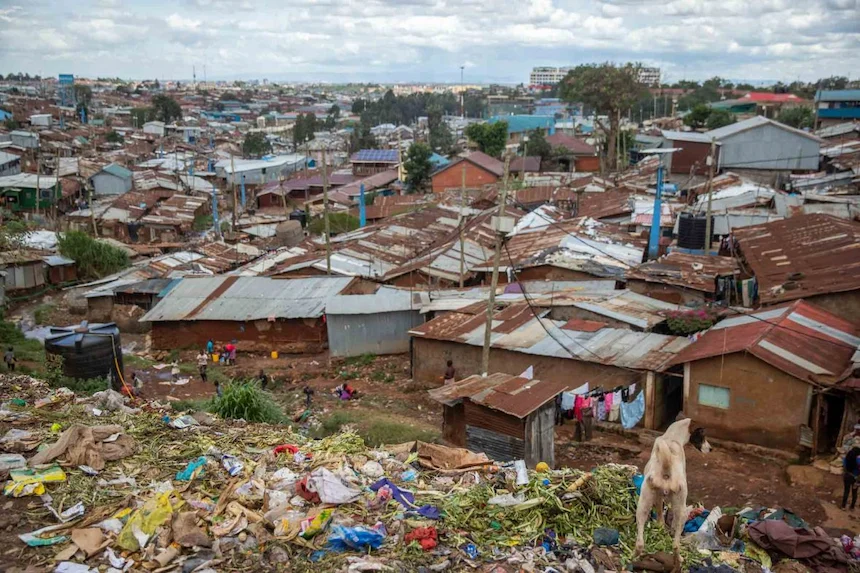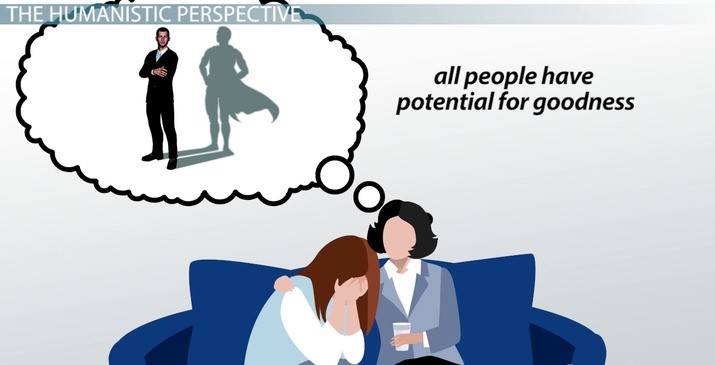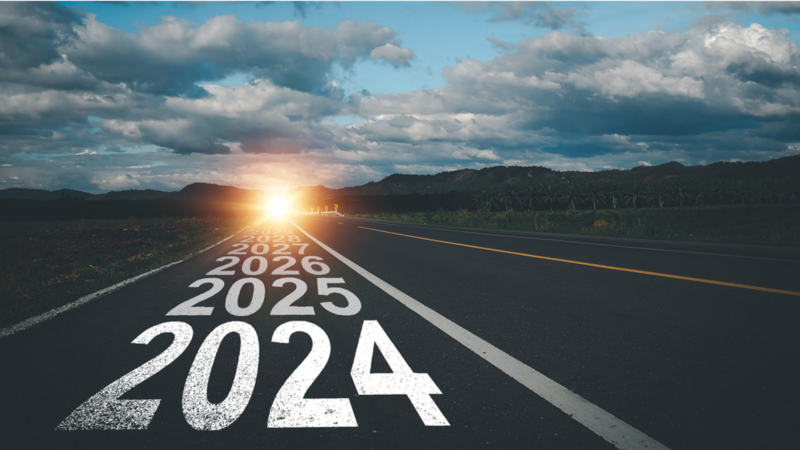Assessing Progress on SDG Goal 1; End Poverty in all its Forms Everywhere.

SDG Goal One on poverty eradication in all of its forms touches on the core tenet of human life and meaning. Have you ever wondered why people say there is no honour in poverty? Well if you have been poor, or came from a poor background you understand what it means to lack even the most basic needs. At some point, life seems to lose its meaning.
So, what does poverty mean? According to the UN, it is living below the international poverty line which is accepted as $2.15 per day. Depending on where one looks at it from, this is a very high or low cost. The rich and well-to-do wonder how one survives on a meagre $2.15 per day whereas the extremely poor wonder how some people live on more than that in a single day.
The UN set out to end poverty in all its forms everywhere by 2030. We are six years shy of that mark and by all evidence, some regions are lagging. The foremost measure is the percentage of people living below the international poverty line earlier mentioned and the population living below the national poverty line. A huge portion of Europe and the US are doing extremely well with most countries having only a mere 0-3% living below the international poverty line.

In terms of national poverty lines which are defined differently depending on the country, most European countries have 0-20% of their populations living below their national poverty lines. A Huge number of African countries have between 20-50% of their population living below the international and national poverty lines.
This is alarming given the high amounts of aid that go into supporting most of these countries in a bid to get the masses out of poverty. Unfortunately, corruption and poor governance continue to ravage those nations and the fruits of the aid received are yet to be harnessed and enjoyed by the majority.
It is worth noting that some ways of calculating these poverty index figures give more of an average of the general population which means that sometimes, the poverty levels could be more severe than the actual representation. The variation in multi-dimensional poverty indexes among the different countries may fail to point out the real situation.
Social protection Systems
Social protection comes in handy to equalize poverty for all and sundry. This indicator is measured by the proportion of the population covered by social protection floors/systems, by sex distinguishing children, unemployed persons, older persons, persons with disabilities, pregnant women, newborns, work-injury victims and the poor and vulnerable.
The same regions with low poverty levels seem to reflect proper social protection systems for their citizens. The people have access to child and maternity benefits, support to people without employment, people with disabilities and older people which thus means that all people have access to basic needs on the bare minimum.

It is now evident from the data available that Africa has weaker social protection systems. Sometimes though it is not that they are weak, corruption and mismanagement are to blame. It is evident that if African nations strengthen and streamline their social protection systems, they can reduce their poverty levels by a huge chunk. It is a long shot that must be taken at some point.
Equal access to basic services, technology and economic resources
Out of experience, Africa and parts of Asia must pull up their socks to enable the masses to access basic resources such as water, electricity, sanitation facilities, clean cooking fuels and technologies. For example, whereas about 70% of Kenyans have access to electricity, only 20% have access to clean cooking fuels and technologies. As for Burundi, only around 12% and 0.20% of the population have access to electricity and clean cooking fuels and technologies respectively. The disparity is serious.
Compare those values to the UK with 100% access to electricity, water, clean cooking fuels and technologies and 99% access to clean sanitation. Ukraine measures between 93-100% on all the four. This means that some governments will have to double their efforts to be on par with the rest of the world. Africa will get there someday, but more deliberate choices need to be made by implementing policies for poverty eradication and mobilization of resources to end poverty which must be utilized well.
These poverty eradication choices must include increased spending on healthcare, education, and direct transfers all aimed at benefiting the poor. For instance, the comparison of spending on healthcare as a percentage of total government expenditure is about 21%, 15% and 4% for the USA, Russia and Congo respectively. The fact remains that there is a lot of wasteful spending in most African countries.
Build resilience to environmental, economic and social disasters.
Building resilience to economic, environmental and social disasters enables governments to recover easily in case of any disasters eventually happening, and in most instances be proactive towards catastrophes to avoid unnecessary reactive spending. It also enables nations to avoid the loss of human capital due to disasters.

Countries must have proper mitigation and disaster reduction strategies to avoid direct economic losses due to disasters. Large parts of Europe, America, Australia, and part of Asia have proper mitigation and disaster reduction strategies in place. Their response and resource mobilization during disasters is notably commendable. Africa, parts of Asia and South America on the other hand are slightly behind but there is no choice, they must do everything possible to catch up with the rest of the world.
Good progress has been made so far on SDG goal number one globally, but some parts such as Africa, parts of Asia and South America need to work a little harder to ensure they meet the deliverables of the goals by the 2030 target year. It is time the leaders took deliberate actions to make sure that the decisions made help reduce poverty levels in one way or another.
Credit for the maps goes to Our World in Data






